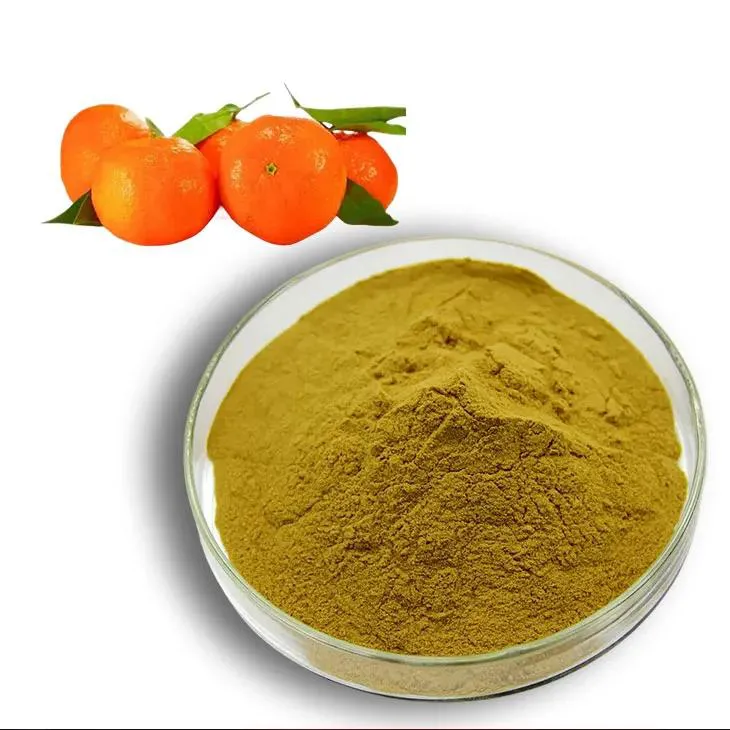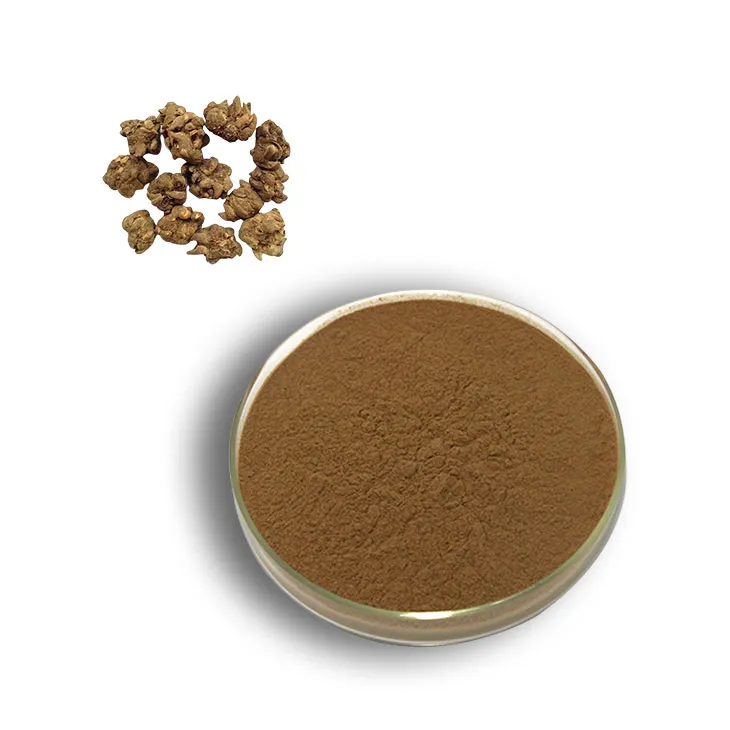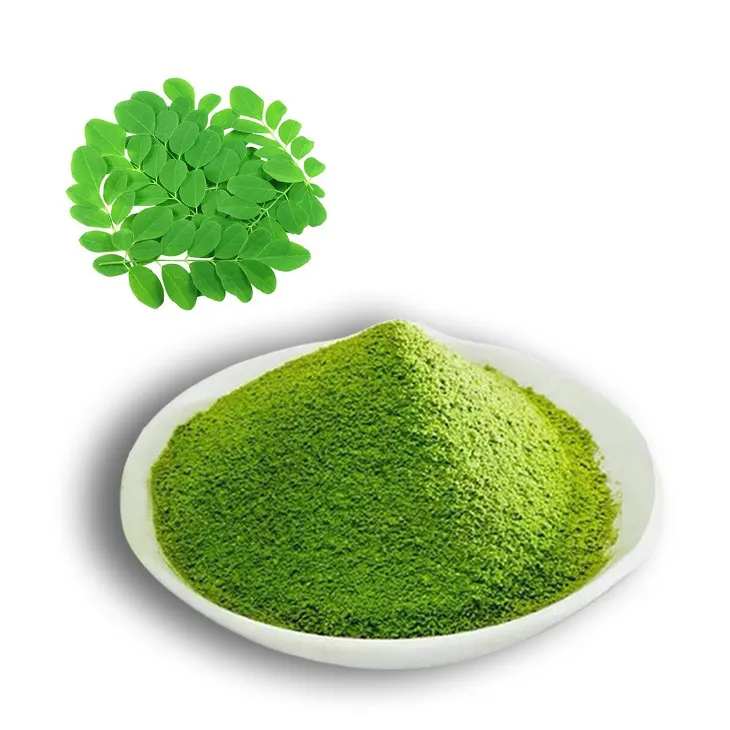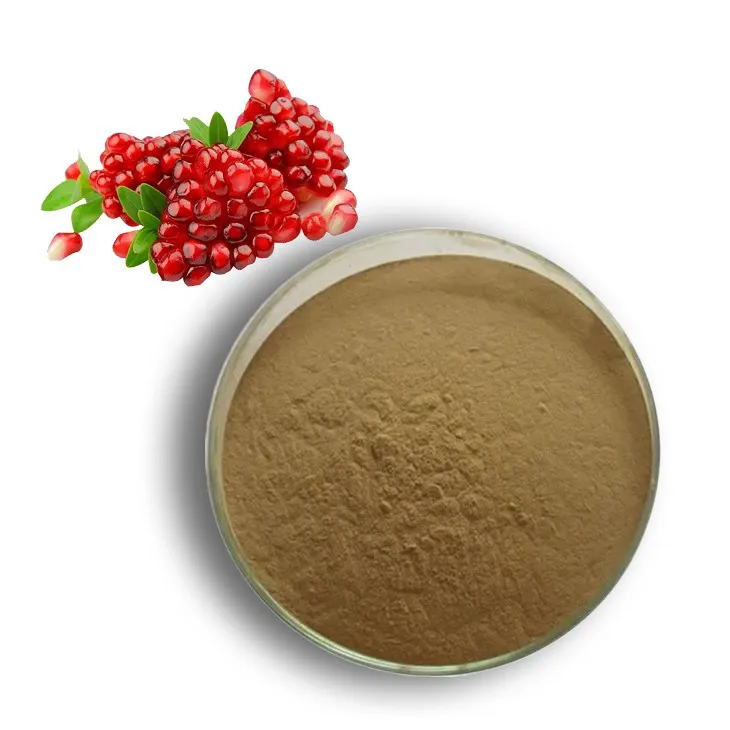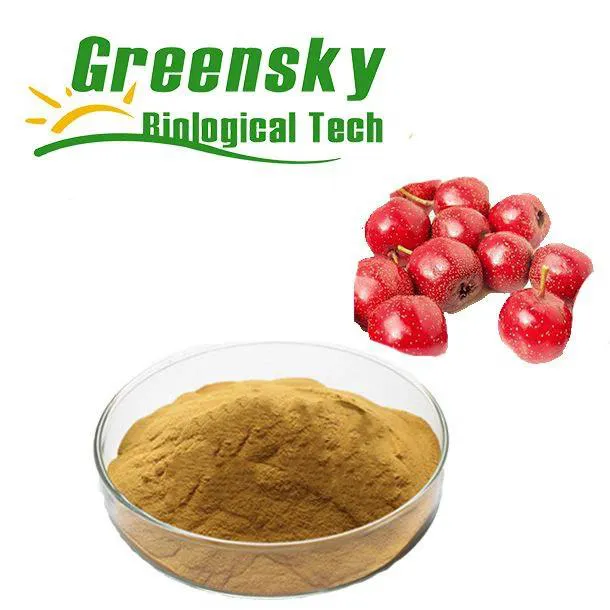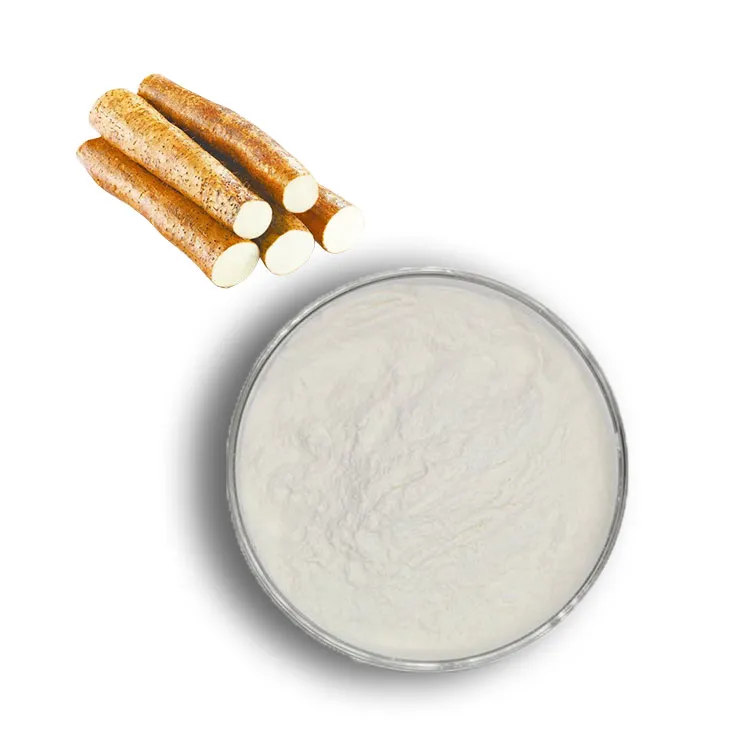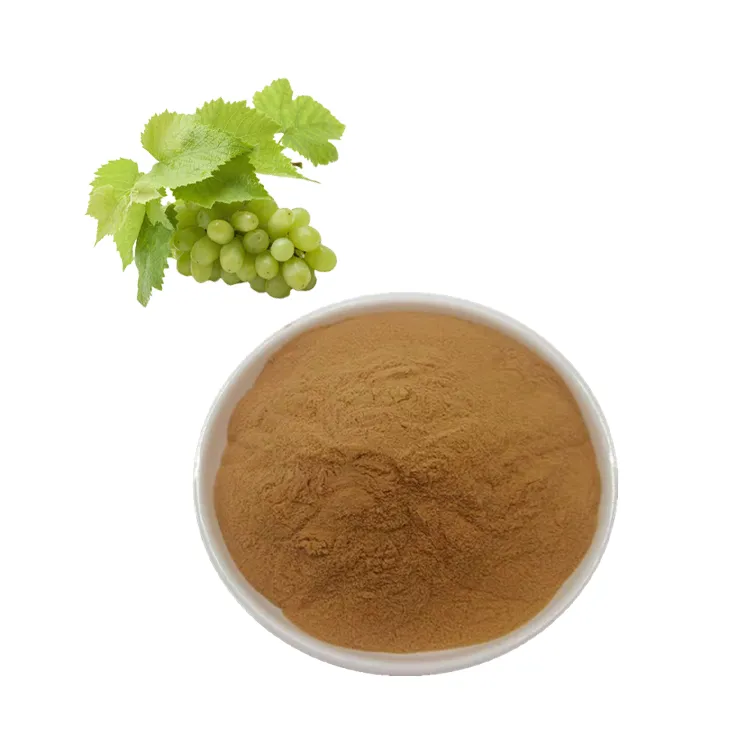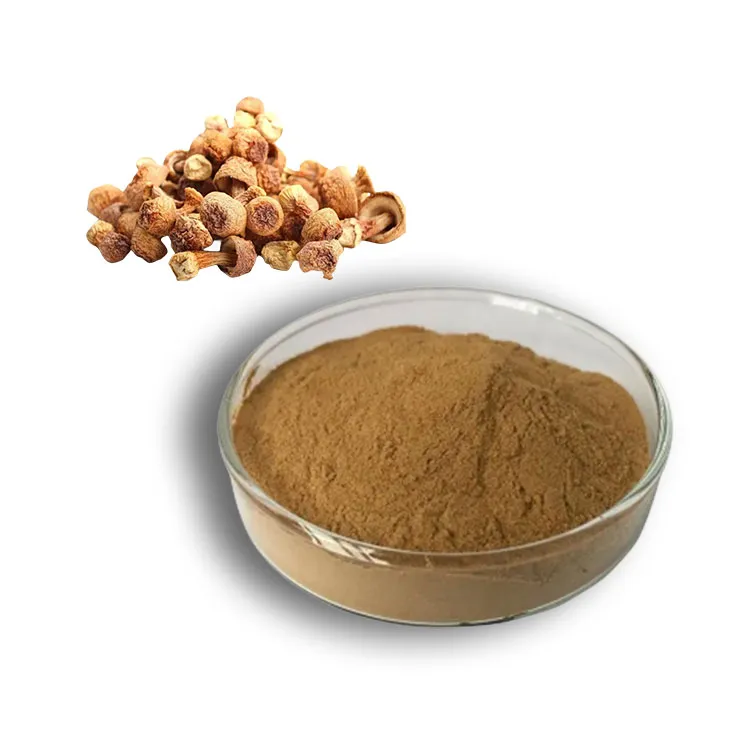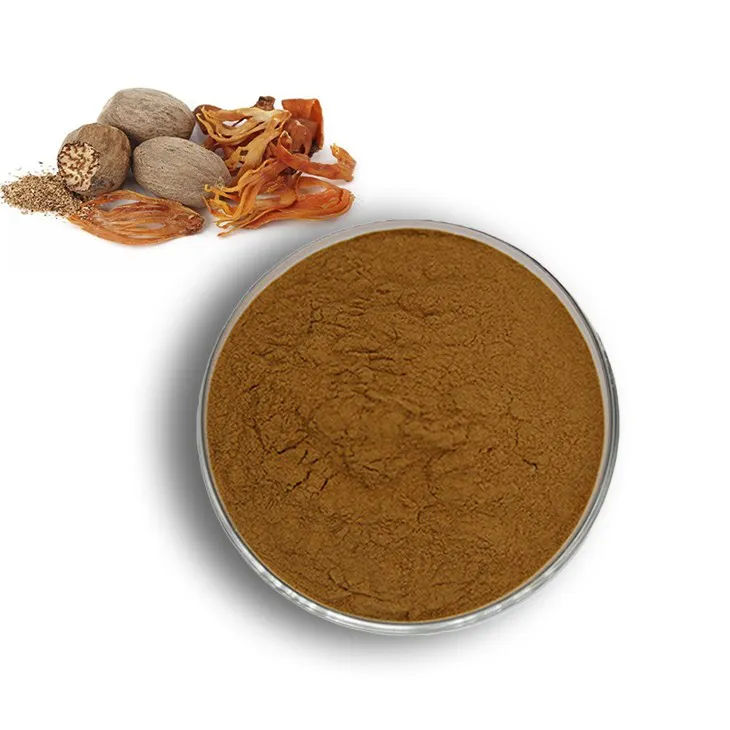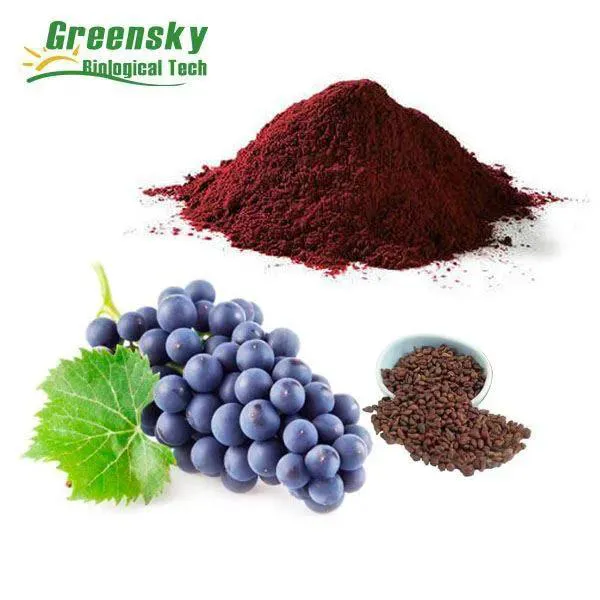- 0086-571-85302990
- sales@greenskybio.com
do tomatoes contain lycopene
2023-09-27
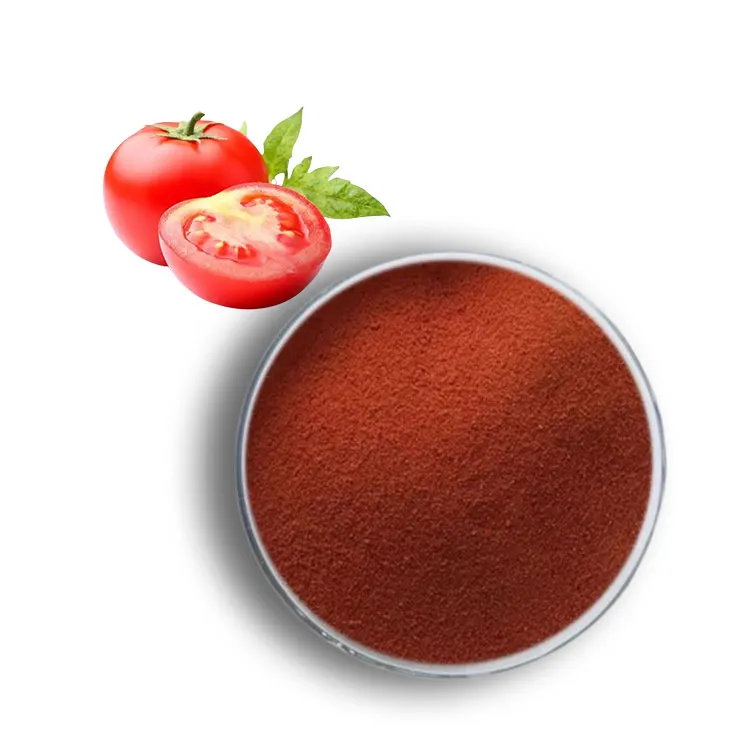
1. What Are Tomatoes?
1. What Are Tomatoes?
Tomatoes are a popular fruit, botanically classified as a berry, that is widely cultivated and consumed around the world. They are native to western South America and were first domesticated by the indigenous peoples of the Andean region. The tomato plant, scientifically known as Solanum lycopersicum, belongs to the nightshade family, which also includes potatoes, eggplants, and peppers.
Tomatoes come in a variety of shapes, sizes, and colors, ranging from the common red to yellow, orange, green, purple, and even black. They are typically classified into two main categories: determinate and indeterminate. Determinate tomatoes grow to a certain size and then stop, producing a single crop, while indeterminate tomatoes continue to grow and produce fruit throughout the growing season.
Tomatoes are a staple ingredient in many cuisines and are used in a multitude of dishes, from salads and sandwiches to pasta sauces and soups. They can be consumed raw, cooked, or processed into various products such as ketchup, tomato sauce, and tomato paste. The versatility of tomatoes, combined with their rich flavor and juiciness, makes them a beloved addition to countless recipes.
In addition to their culinary uses, tomatoes are also valued for their nutritional content. They are a good source of vitamins A and C, potassium, and dietary fiber. However, it is their high content of a powerful antioxidant called Lycopene that has garnered significant attention in recent years for its potential health benefits. As we explore the world of tomatoes, we will delve into the role of Lycopene and how it can be maximized through various methods of consumption.
2. Lycopene Content in Tomatoes
2. Lycopene Content in Tomatoes
Tomatoes are a rich source of lycopene, a powerful antioxidant that has been linked to numerous health benefits. Lycopene is a carotenoid, which is a type of pigment that gives fruits and vegetables their red, orange, and yellow colors. It is also found in other red-colored fruits and vegetables, such as watermelon, red grapefruit, and red carrots, but tomatoes are one of the most concentrated sources.
The lycopene content in tomatoes can vary depending on several factors, including the variety of tomato, ripeness, and growing conditions. Generally, red tomatoes have the highest lycopene content, with more than 50% of the total carotenoids present in this form. Some studies have found that red tomatoes can contain anywhere from 3 to 20 milligrams of lycopene per 100 grams, with an average of around 9 milligrams.
Ripe tomatoes tend to have higher lycopene levels than unripe or green tomatoes. As tomatoes ripen, the lycopene content increases, making fully ripe red tomatoes the best choice for maximizing lycopene intake. Additionally, tomatoes grown in sunny, warm climates may have higher lycopene levels due to increased exposure to sunlight, which promotes the synthesis of carotenoids.
It is important to note that lycopene is fat-soluble, meaning that it is better absorbed by the body when consumed with some dietary fat. This is why recipes that include tomatoes, such as pasta sauce or tomato soup, often contain added fats like olive oil or butter to enhance lycopene absorption.
In summary, tomatoes are an excellent source of lycopene, with red, ripe tomatoes being the most concentrated source. By choosing the right variety and ripeness, and consuming tomatoes with a source of dietary fat, you can maximize your lycopene intake and enjoy the associated health benefits.
3. Health Benefits of Lycopene
3. Health Benefits of Lycopene
Lycopene is a powerful antioxidant that offers a myriad of health benefits. Here are some of the key advantages of incorporating lycopene-rich foods, such as tomatoes, into your diet:
1. Heart Health: Lycopene has been linked to a reduced risk of heart disease. It can help lower bad cholesterol levels and blood pressure, which are significant risk factors for cardiovascular problems.
2. Cancer Prevention: Studies suggest that lycopene may play a role in preventing certain types of cancer, including prostate, lung, and stomach cancers. Its antioxidant properties help neutralize free radicals that can damage cells and lead to cancer.
3. Skin Protection: Lycopene can protect the skin from harmful UV rays, reducing the risk of sunburn and skin damage. It also has anti-inflammatory properties that can help soothe skin conditions like acne and rosacea.
4. Vision Protection: The antioxidant properties of lycopene can help protect the eyes from age-related macular degeneration, a leading cause of vision loss in older adults.
5. Bone Health: Some research indicates that lycopene may help maintain bone health by promoting bone mineralization and reducing bone resorption.
6. Anti-Inflammatory Effects: Lycopene has been shown to have anti-inflammatory effects, which can help reduce inflammation in the body, a common factor in many chronic diseases.
7. Immune System Support: Lycopene can boost the immune system by enhancing the activity of immune cells, which can help your body fight off infections and diseases.
8. Improving Fertility: There is some evidence to suggest that lycopene may improve sperm quality and quantity in men, which can contribute to better fertility.
9. Brain Health: Lycopeene's antioxidant properties may also protect the brain from oxidative stress, potentially reducing the risk of neurodegenerative diseases like Alzheimer's and Parkinson's.
10. Longevity: Some studies have suggested that a diet rich in lycopene may be associated with a longer lifespan due to its various health-promoting properties.
Incorporating foods rich in lycopene, such as tomatoes, into your diet can provide these health benefits and contribute to overall wellness. It's important to note that while lycopene is beneficial, it should be part of a balanced diet and not a substitute for a healthy lifestyle.
4. How to Increase Lycopene Intake
4. How to Increase Lycopene Intake
To maximize the benefits of lycopene, it's essential to understand how to increase its intake effectively. Here are several strategies to help you enhance your lycopene consumption:
4.1 Incorporate Tomatoes into Your Diet
The most straightforward way to increase lycopene intake is by including more tomatoes in your meals. Fresh tomatoes, tomato sauce, and tomato paste are all excellent sources of lycopene.
4.2 Choose Cooked Tomatoes
Cooking tomatoes can actually increase the bioavailability of lycopene. When tomatoes are heated, the cell walls break down, making it easier for your body to absorb lycopene. Opt for cooked tomato dishes like pasta sauces, soups, and stews.
4.3 Use Tomato Sauce
Tomato sauce is not only a versatile cooking ingredient but also a concentrated source of lycopene. Use it in a variety of dishes, from pasta to pizza, to boost your lycopene intake.
4.4 Opt for Canned Tomatoes
Canned tomatoes, especially those packed in tomato puree, can have higher lycopene content than fresh tomatoes due to the cooking process involved in canning. They are also convenient and can be stored for extended periods.
4.5 Add Lycopene-Rich Foods
In addition to tomatoes, other foods like watermelon, pink grapefruit, and guava also contain lycopene. Incorporating these fruits into your diet can help increase your lycopene levels.
4.6 Combine with Healthy Fats
Lycopene is fat-soluble, which means it is better absorbed when consumed with healthy fats. Pair tomatoes with sources of healthy fats like olive oil, avocado, or nuts to enhance absorption.
4.7 Experiment with Cooking Methods
Different cooking methods can affect lycopene content. For example, roasting tomatoes can concentrate their flavor and increase the availability of lycopene. Experiment with various cooking techniques to find what works best for you.
4.8 Be Mindful of Portion Sizes
While it's important to eat more lycopene-rich foods, it's also crucial to be mindful of portion sizes. Overeating can lead to excessive calorie intake and potential weight gain.
By following these strategies, you can effectively increase your lycopene intake and enjoy the numerous health benefits associated with this powerful antioxidant. Remember, a balanced diet that includes a variety of fruits and vegetables is key to maintaining good health.
5. Cooking Methods and Lycopene
5. Cooking Methods and Lycopene
When it comes to tomatoes, cooking methods can significantly impact the lycopene content and its bioavailability. Lycopene is a heat-stable carotenoid, which means that cooking tomatoes does not destroy this nutrient. In fact, cooking can actually enhance the availability of lycopene for your body to absorb.
Thermal Processing:
Cooking tomatoes through methods such as boiling, baking, or frying can break down the cell walls of the tomato. This process, known as thermal processing, releases lycopene from the plant tissue, making it more accessible for absorption by the body. Studies have shown that cooking tomatoes can increase the bioavailability of lycopene by up to 35%.
Oil and Lycopene:
Adding a small amount of oil to tomato-based dishes can further enhance lycopene absorption. Since lycopene is fat-soluble, the presence of dietary fats helps in its absorption. This is why dishes like tomato sauce with olive oil or sautéed tomatoes are not only delicious but also beneficial for lycopene intake.
Tomato Paste vs. Fresh Tomatoes:
Tomato paste is made by cooking tomatoes, which concentrates the lycopene content. A study published in the journal "Food Chemistry" found that tomato paste has a higher lycopene content compared to fresh tomatoes. Using tomato paste in cooking can be a strategic way to increase lycopene intake.
Canning and Lycopene:
Canned tomatoes are another source of concentrated lycopene. The canning process involves heating, which, as mentioned earlier, can increase the bioavailability of lycopene. Canned tomatoes are also often seasoned with oil, further promoting lycopene absorption.
Lycopene and Acidity:
The acidity of tomatoes, due to their natural citric acid content, can also affect lycopene absorption. Acidic environments can help in the isomerization of lycopene, which is a process that makes it more bioavailable.
Cooking Time:
While cooking tomatoes can be beneficial for lycopene release, overcooking can lead to the degradation of other nutrients. It's essential to strike a balance between cooking tomatoes enough to release lycopene and not overcooking them to preserve other beneficial compounds.
In conclusion, incorporating tomatoes into your diet through various cooking methods can significantly increase your lycopene intake. Whether you enjoy them raw, cooked, or in the form of tomato paste or canned tomatoes, tomatoes are a versatile and nutritious addition to any meal. By understanding how cooking methods affect lycopene, you can make informed choices to maximize the health benefits of this powerful carotenoid.
6. Other Foods Rich in Lycopene
6. Other Foods Rich in Lycopene
While tomatoes are the most well-known source of lycopene, there are other foods that also contain this powerful antioxidant. Here are some other foods rich in lycopene:
1. Watermelon: This refreshing fruit is another excellent source of lycopene. In fact, watermelon contains more lycopene per unit weight than raw tomatoes. However, the lycopene in watermelon is more bioavailable, meaning it is more easily absorbed by the body.
2. Pink Grapefruit: Like watermelon, pink grapefruit is also rich in lycopene. It is a good source of vitamin C, which can help enhance the absorption of lycopene.
3. Guava: This tropical fruit is packed with lycopene and other antioxidants. It is also a good source of vitamin C, fiber, and other essential nutrients.
4. Apricot: Apricots are not only delicious but also a good source of lycopene. They are also rich in vitamin A, which is essential for maintaining good eye health and a strong immune system.
5. Papaya: This tropical fruit is a good source of lycopene, as well as other antioxidants like vitamin C and E. Papaya is also known for its digestive enzyme, papain, which aids in digestion.
6. Red Bell Peppers: While not as high in lycopene as tomatoes, red bell peppers are still a good source of this antioxidant. They also contain other beneficial compounds like vitamin C and capsaicin.
7. Carrots: Carrots are a good source of beta-carotene, which is converted into vitamin A in the body. They also contain small amounts of lycopene and other antioxidants.
8. Pink-fleshed Fish: Some fish, like salmon and tuna, have a pinkish hue due to their high content of Astaxanthin, a carotenoid similar to lycopene. These fish are also rich in omega-3 fatty acids, which have numerous health benefits.
9. Beetroots: Beetroots are not only rich in lycopene but also in nitrates, which can help improve blood flow and lower blood pressure.
10. Red Cabbage: This cruciferous vegetable is a good source of lycopene, as well as other antioxidants and nutrients like vitamin C and fiber.
Incorporating these lycopene-rich foods into your diet can help you reap the numerous health benefits associated with this powerful antioxidant. Remember that cooking methods can affect the bioavailability of lycopene, so consider using different cooking techniques to maximize the benefits of these foods.
7. Conclusion
7. Conclusion
In conclusion, tomatoes are a versatile and nutritious fruit that is rich in lycopene, a powerful antioxidant with numerous health benefits. Lycopene content in tomatoes can vary depending on factors such as ripeness and variety, but overall, they are a valuable source of this nutrient.
Incorporating more tomatoes and tomato-based products into your diet can help increase your lycopene intake and provide a range of health benefits, including improved heart health, reduced inflammation, and a lower risk of certain types of cancer. Cooking tomatoes can actually enhance the bioavailability of lycopene, making it easier for your body to absorb and utilize this nutrient.
In addition to tomatoes, there are other foods rich in lycopene, such as watermelon, pink grapefruit, and guava. Including a variety of these foods in your diet can help ensure you are getting enough lycopene to support your overall health.
While more research is needed to fully understand the extent of lycopene's health benefits, it is clear that tomatoes and other lycopene-rich foods can play an important role in a balanced and nutritious diet. By incorporating these foods into your meals, you can enjoy their delicious flavors while also supporting your health and well-being.
- ▶ Hesperidin
- ▶ citrus bioflavonoids
- ▶ plant extract
- ▶ lycopene
- ▶ Diosmin
- ▶ Grape seed extract
- ▶ Sea buckthorn Juice Powder
- ▶ Beetroot powder
- ▶ Hops Extract
- ▶ Artichoke Extract
- ▶ Reishi mushroom extract
- ▶ Astaxanthin
- ▶ Green Tea Extract
- ▶ Curcumin Extract
- ▶ Horse Chestnut Extract
- ▶ Other Problems
- ▶ Boswellia Serrata Extract
- ▶ Resveratrol Extract
- ▶ Marigold Extract
- ▶ Grape Leaf Extract
- ▶ blog3
- ▶ Aminolevulinic acid
- ▶ Cranberry Extract
- ▶ Red Yeast Rice
- ▶ Red Wine Extract
-
Citrus bioflavonoids
2023-09-27
-
Cat Claw Extract
2023-09-27
-
Moringa powder
2023-09-27
-
Pomegranate Extract
2023-09-27
-
Hawthorn Extract
2023-09-27
-
Yam Extract
2023-09-27
-
Grape Leaf Extract
2023-09-27
-
Agaricus Blazei Extract
2023-09-27
-
Nutmeg Extract
2023-09-27
-
Grape Seed Extract
2023-09-27











